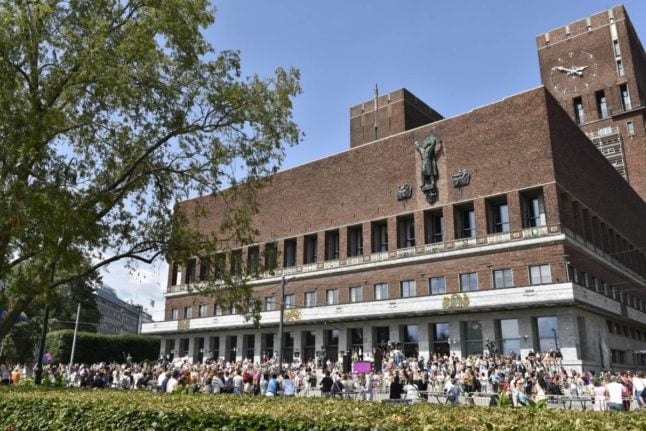A new metro line between Majortstuen in Oslo and Fornebu in Bærum, just west of Oslo, has been given the green light, ending uncertainty over its future for the time being.
Earlier this year, the project faced the axe due to spiralling costs, which saw the estimated price tag of the new metro line rise by 7 billion kroner.
Oslo’s newest T-bane line will be the most significant investment in the metro system since the 60s or 70s, according to Sirin Stav from Oslo City Council.
Since the airport at Fornebu closed in 1998, several links between the peninsula and the city centre have been pitched.
The new 8-kilometre-long metro line will cost more than 31.0 billion kroner to complete.
Construction on the project has already begun, and six new underground stations will be built. These are Skøyen, Vækerø, Lysaker, Fornebuporten, Flytårnet and Fornebu Senter. Plans will also see Majorstuen Metro Station upgraded.
Fornebu, the former site of Oslo Airport, is home to a business park, shopping and residential areas. There are plans to build more than 11,000 new homes in the area and create 20,000 new jobs, according to Oslo Municipality.
READ ALSO: What you might not have known about Oslo’s Diechman Bjørvika library
Oslo Municipality hopes the new line will provide an eco-friendly and accessible route between Fornebu and the city centre. Current bus routes are usually pretty busy, leading to many people driving in and out of the former site of Oslo airport.
The stop at Majorstuen will connect the new line with the existing metro network in Oslo.
Despite construction already starting nearly two years ago, it is unlikely the new line will open before 2029.
Financing for the project comes from the government, the municipality, landowners, and the Oslo Package 3 toll agreement.
As a result of the project going ahead, tolls as part of the Oslo Package 3 agreement will rise by 40 percent. This will happen in two steps, the first from September, with the second rise coming on January 1st 2024.



 Please whitelist us to continue reading.
Please whitelist us to continue reading.
Member comments